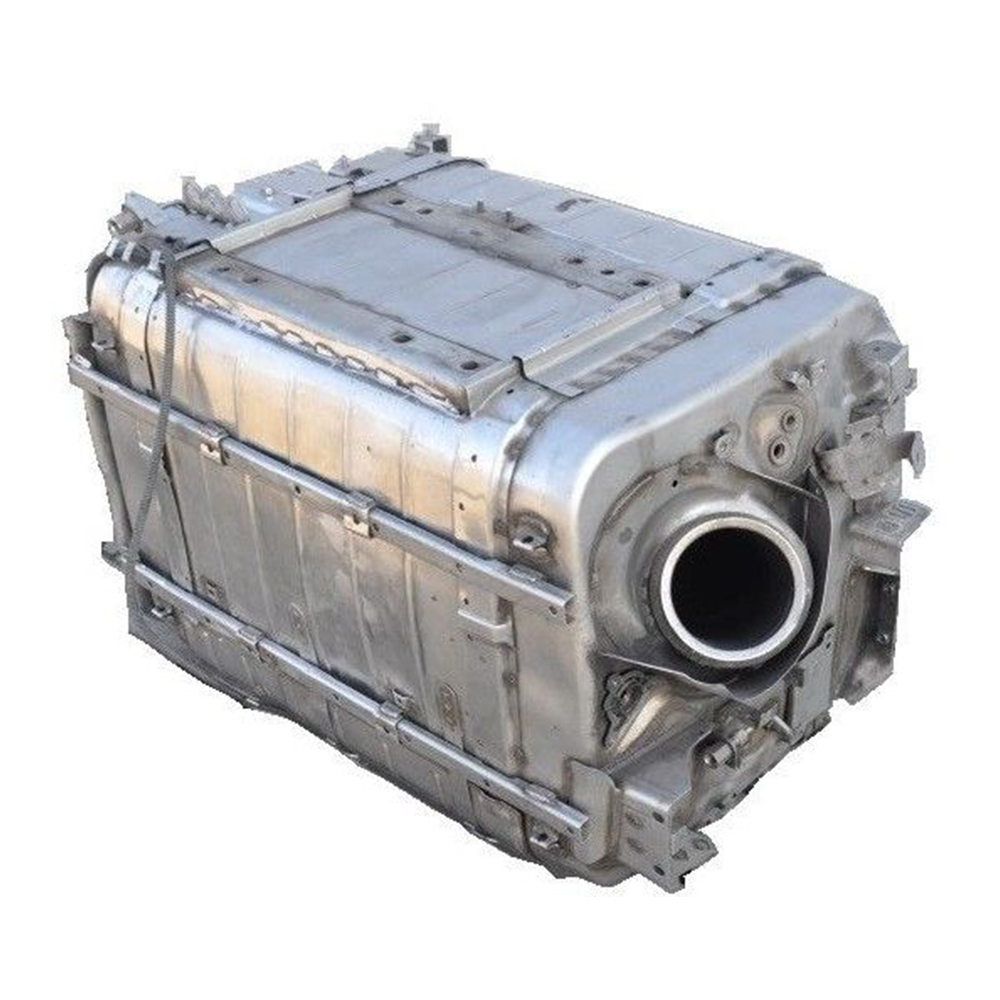What is an Emission Control System?
The emission control system includes a series of functions that the vehicle performs to keep the emissions as low as possible. Harmful emissions like carbon monoxide (CO), hydrocarbons (HC) and nitrogen oxide (NOx) are minimized with the help of an emission control system. We can generally classify the emission control methods into two categories, prevention/active and destruction/passive. Automotive engines have become a lot more advanced, and the new technologies have reduced the emission output. Some small improvements like using the correct air/fuel ratio, enhanced combustion techniques, and variable fuel ratio are some of the advancements. However, we explain more impactful and necessary emission control methods that are needed to comply with new stringent emission norms.
Catalytic Converters is popular equipment used in all vehicles to destruct tailpipe emissions. Even though catalytic converters have been used since 1970, there have been multiple advancements in the working of catalytic converters. The two-way catalytic converter could only control CO and HC only whereas the three-way setup also controls oxides of Nitrogen (NOx) and is hence used in all modern cars. Modern catalytic converters convert harmful gases and pollutants into carbon dioxide (CO2) and water (H2o). The catalytic converter is a cylindrical canister that is mounted on the exhaust pipe. It holds some precious metals like platinum (Pt), Palladium (Pd) and Rhodium (Rh) that perform oxidation and convert the harmful gases into CO2 and water.
The catalytic converter works under the effect of heat and lack of heat can degrade the overall efficiency. Hence, when the engine is cold, the catalytic converter cannot work to its optimum efficiency, and to control emissions, many carmakers are now using a secondary battery to pre-heat the catalytic converter as soon as you start your vehicle. The catalytic converter is the most important emission control device that destructs harmful emissions.

